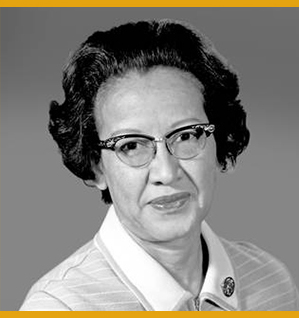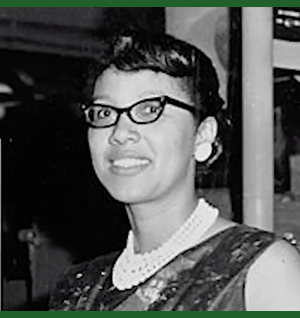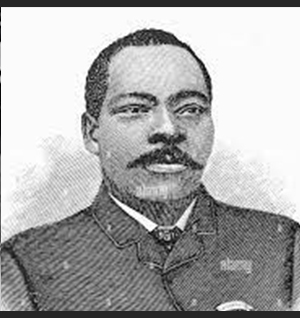ITAG recognizes a few of the many innovators in history who significantly influenced computer science and technology.
Clarence “Skip” Ellis (1943 – 2014)

Clarence Ellis was the first African-American to earn a Ph.D. in computer science. Ellis worked on hardware, software, and the development of the supercomputer and headed a group that invented and developed Officetalk, the first office system to use icons and Ethernet to allow people to collaborate from a distance. He was a real pioneer in the field of operational transformation (examining the functionality in collaborative systems), which is now found in a host of computer applications, including Apache Wave and Google Docs. He held teaching positions at Stanford University, the University of Texas, MIT, and Stevens Institute of Technology and even in Taiwan. He wanted to encourage students of all backgrounds to stretch their academic abilities and to consider a career in computer science. Ellis was named a Fellow of ACM in 1998 in recognition of his leadership in ACM SIGOIS and his impact in the office information systems field.
Katherine Johnson (1918 – 2020)

Being handpicked to be one of three black students to integrate West Virginia’s graduate schools is something that many people would consider one of their life’s most notable moments, but it’s just one of several breakthroughs that have marked Katherine Johnson’s long and remarkable life. Highlighted in the film Hidden Figures, Katherine Johnson began working as a “human computer” and calculated the flight path for the first NASA mission to space. Her calculations were essential to the success of many early missions, like Project Mercury and Apollo 11. She was instrumental in getting astronauts to not only orbit around Earth but get to the Moon and back. In 2015, Katherine was awarded the Presidential Medal of Freedom by ex-President Barack Obama for the impact she made on America’s progression as a country.
Melba Roy Mouton (1929 – 1990)

Melba Roy Mouton was a mathematician and computer programmer in NASA’s Trajectory and Geodynamics Division acting as the Assistant Chief of Research Programs. NASA considers her to be one of its most celebrated scientists. She worked at NASA’s Goddard Space Flight Center, coding computer programs to calculate the trajectories and locations of various aircraft and helped produce the orbital element timetables by which millions could view the satellite from Earth as it passed overhead. Mouton received both an Apollo Achievement Award and an Exceptional Performance Award from NASA before she retired in 1973. In 2023, lunar mountain Mons Mouton was named in her honor.
Granville Woods (1856 – 1910)

Granville Woods was a great inventor, specifically known for his 15 different appliances for the electric railways. He was most known for inventing the multiplex “induction telegraph,” which allowed for voice communication through telegraph wires which sent messages between train stations and moving trains. He was often referred to by some as the “Black Edison”. The device ended up preventing many train accidents. Woods held nearly 60 patents in his lifetime. He invented and patented Tunnel Construction for the electric railroad system, an automatic brake, an egg incubator, and improvements to other technologies such as the safety circuit, telegraph, telephone, and the phonograph.
